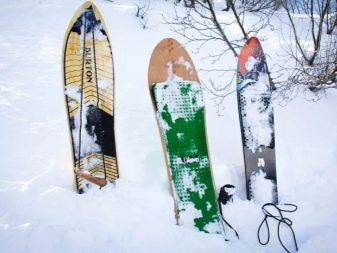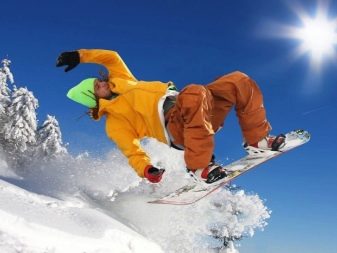All About Snowboard Deflections

It is very important for every snowboarder to be able to correctly determine the type of deflection of his equipment. It's actually quite simple to do this: you just need to put it on a surface and look from the side. In this case, the surface must be flat.

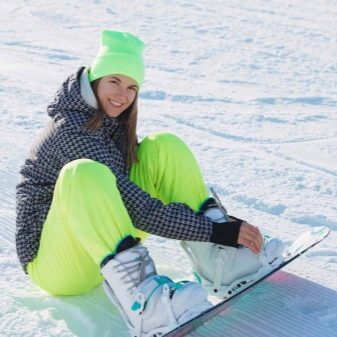
What it is?
The deflection of a snowboard is, in other words, the outline of the board itself.... There are several different types of deflection, which directly affect board speed, ride type, and more. For example, a board with a flat sag is very easy to rotate and is therefore great for freestyle. Also, the type of deflection affects the riding style of the rider. Indeed, depending on the contour of the board, the athlete must put some effort on the nose or tail of the board.
By the way, when choosing a board, it is very important to pay attention to the contact points or, as they are also called, the places where the board touches the surface without the participation of the rider.
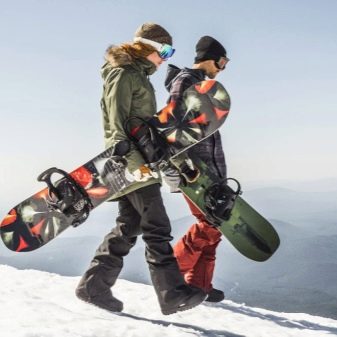
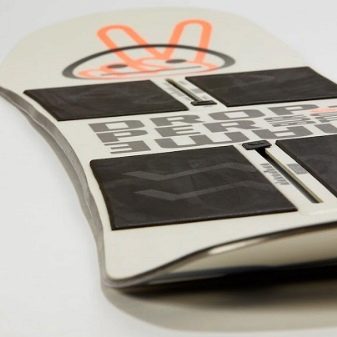
Species overview
There are three main types of snowboard deflection:
- Camber;
- Flat top;
- Rocker.
Of course, modern manufacturers do not adhere to such strict rules and mainly offer hybrid vehicles to their customers. Sometimes there are even all three types in one. The main difference between snowboards is their purpose. In other words, the deflection of the snowboard directly affects the riding style of the athlete. So, for example, hybrids allow you to combine different riding styles. As a result, the snowboarder does not need to buy several separate boards. It is enough to purchase one snowboard and use it on different types of surfaces.
But, of course, there are those athletes who prefer to use a board with a certain kind of hem for each riding style. Therefore, in this case, it is very important to learn how to choose the right snowboard, and understand the differences between each specific model.Here are the main differences between types of snowboards.
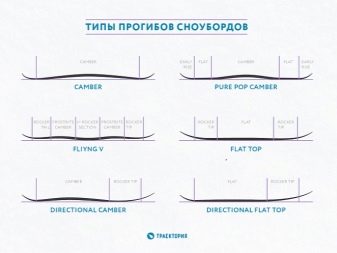

Camber
This is the classic type and is mainly used by professional athletes.... Such snowboards were produced at the very beginning. Visually, it is easy to distinguish it from other models. You need to put the board on a flat surface and look at the center of the snowboard. It will be clearly visible that this part of the board is bent and touches the surface. And also if you look closely at the nose and tail, you can see that it comes into contact with the surface only near the tail or nose. Learning to ride such a board is quite difficult. This is due to the fact that at minimum load, the contact surface becomes maximum. Therefore, it is very difficult to operate a snowboard.
But this board also has a number of advantages:
- agile descent and maximum stability (especially when it comes to driving on compressed snow);
- The board glides well on straight sections and is easy to maneuver.
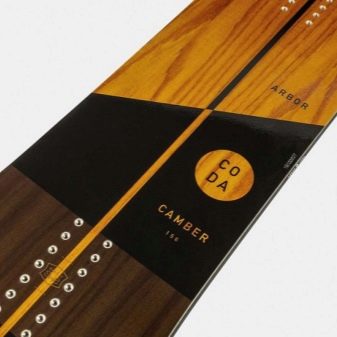
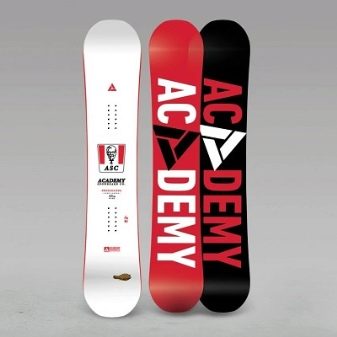
Rocker
This board has a curved shape that looks like a bow.... If you place it on a flat surface, then in the central part it will be in full contact with it, so that when driving on a flat track, the snowboard will not scoop up snow with its nose. Most often it is used for driving on loose snow. As a result of the fact that the design of the board provides minimal contact with the track, the sliding of the board is significantly improved.
Respectively, the likelihood of catching the edge decreases significantly. The features of the board allow you to use it for riding on fresh, only fallen snow. But she is also loved by freestylers who perform difficult tricks.
It is worth noting that these snowboards are very popular with beginners. This is due to the fact that the Rocker, like the Camrock, is much easier to control and does not develop much speed.
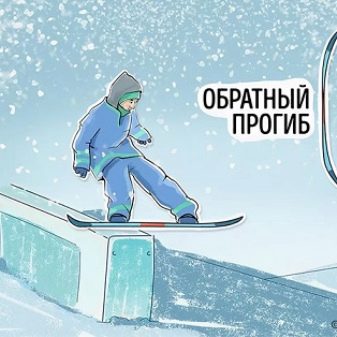
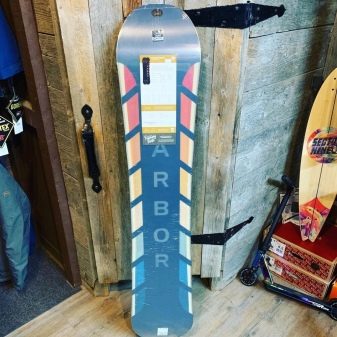
Double Flat
As for the flat board or, as it is also called, null, it is considered the golden mean. It looks pretty easy to tell apart. If you put it on a flat surface, then almost along its entire length it will be in contact with it. This board is very fond of freeriders and users who are just starting to learn to ride. This preference is due to the maximum stability of the board.
The peculiar deflection of the board allows you to make comfortable turns, such a board is easy to turn... And its edging is many times better than that of a rocker board. The deflection of this board is designed for easy and quick mastering of jumps of different styles, namely Ollie and Nolly, and of course, for jibbing.
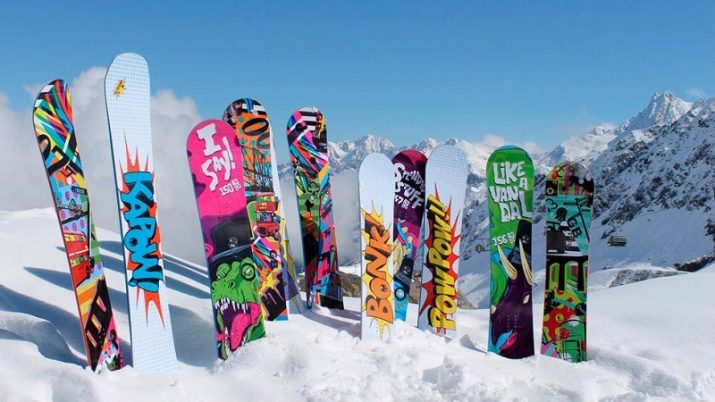
V-Rocker
Its peculiarity is that the center section of the board flexes in a V shape and is otherwise identical to a standard rocker. By the way, such a board has maximum grip. This is due to the fact that the edges of the board run directly over the bindings. The board glides perfectly both on fresh snow and on a worn track. It also has very good maneuverability.
The combo board is loved by riders... For them, the main advantages of such boards are that you can buy only one board and ride it in different styles. But difficulties can arise with such a board, especially when jibbing. This is due to the fact that the rigidity of the board varies in different areas. Let's say there may be a double reverse deflection.
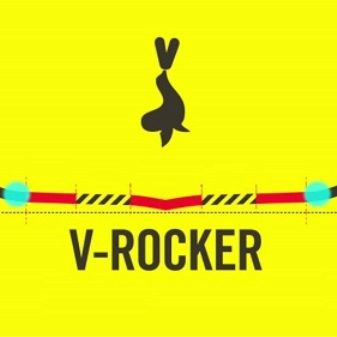
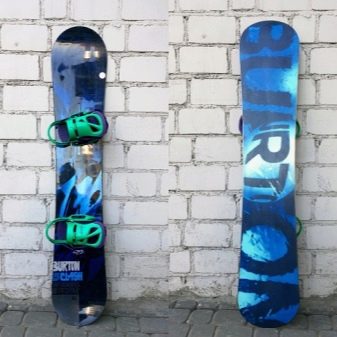
Powder-rocker
This hybrid has a narrow deflection, most often it is used exclusively for freeriding.... In principle, it combines the standard camber and rocker models. In this case, the middle is made in a standard form, but the tail is already made according to the principle of reverse deflection. If we compare the nose and tail of the board, then the first is flatter. Therefore, the board glides better in the snow. But thanks to the raised nose, the board seems to float. It is the comparison of the main characteristics that allows you to choose the right board and determine its purpose.
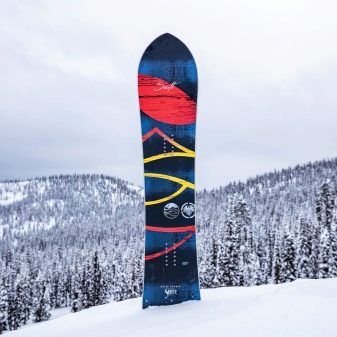
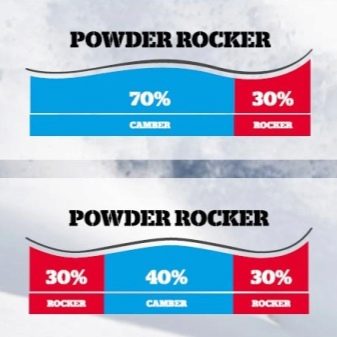
Which is the best choice for a beginner?
If we talk about which deflection of the board is better to choose for beginners, then it is important to note the board with flat deflection... It is best to ride on a flat track and perform downhill. But if any stunts or reversals are planned, then it is better to choose another option. But for the intermediate level, camber is well suited. This board has a very high level of stability and glides well at high speeds. And, of course, it is much more convenient for performing any tricks and turns.
Those who like to ride in fresh, only fallen snow should choose a rocker. By the way, this board is perfect for rockers of any level. Due to the raised edges of the board, it is almost impossible to drown in the snow on it. True, they are not very suitable for high-speed sliding. It is also very important to pay attention to the characteristics of the sidecut. Namely:
- length;
- width;
- side cut.


If we talk about the first point, then everything is quite simple. The shorter the board, the easier it is to manage. If you are planning a super-speed descent, then it is better to choose a longer model. And also people who are tall or heavy should pay attention to long boards. As for the second point, it is also quite easy to determine the required board. The width should correspond to the size of the foot.
And let's not forget that it is better to ride on wide boards on freshly fallen snow. This is due to the fact that wide boards are practically not buried in the snow. But the level of maneuverability of the board depends on the side cutout.
For example, if the radius of the cut is small, then the board will be more maneuverable. But boards with a long side cut are best used for frequent sharp turns.
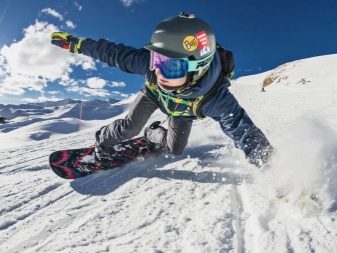
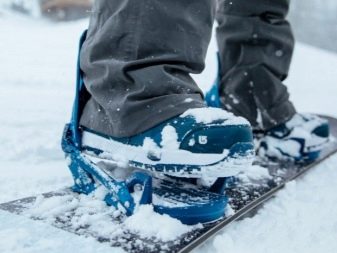
And, of course, it is important to pay attention to the symmetry when choosing a board. There are several types:
- symmetrical;
- with a certain direction;
- with rigid front and back.
Symmetrical boards are very fond of athletes who use different legs as a leader. This is due to the fact that such boards have all the same characteristics. Let's say the width of the nose and tail, as well as the rigidity, are the same. But the second version of the boards is better suited for downhill. Indeed, in such boards, the mortgages are more shifted towards the tail, while the bow is much softer. Well, the last option is characterized by a rigid front and rear part, while the mortgages are shifted towards the tail.
